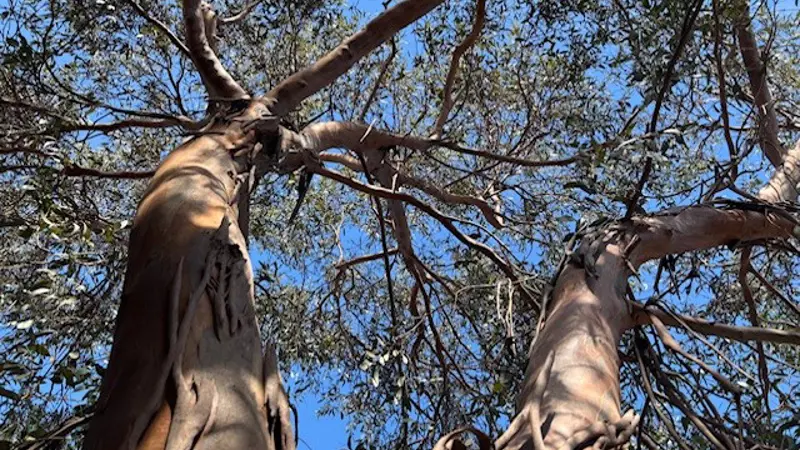
The Bog Gum (Eucalyptus kitsoniana)
As you descend towards the Red Sand Garden, you'll see the Bog Gum (Eucalyptus kitsoniana) emerging proudly through the decking. This critically endangered species is only found in fragmented locations on Victoria’s coast including between Yarram and Cape Otway, Mt Richmond near Portland and a few locations on Wilson's Promontory. Its disparate distribution and distant relationship to all other eucalypts, make it a rare and unique treasure in Victoria’s flora.
The Bog Gum is just one of the hundreds of threatened species that have found a home at Royal Botanic Gardens Cranbourne. The Australian Garden features over 100,000 plants from over 2000 plant varieties. Here you can see plants from the Australian Alps, the Grampians, temperate rainforests and even Mallee country, many of which are threatened in the wild.
With your support the team at the Gardens works tirelessly to protect Victoria’s unique flora to ensure threatened species like Eucalyptus kitsoniana have a fighting chance.












